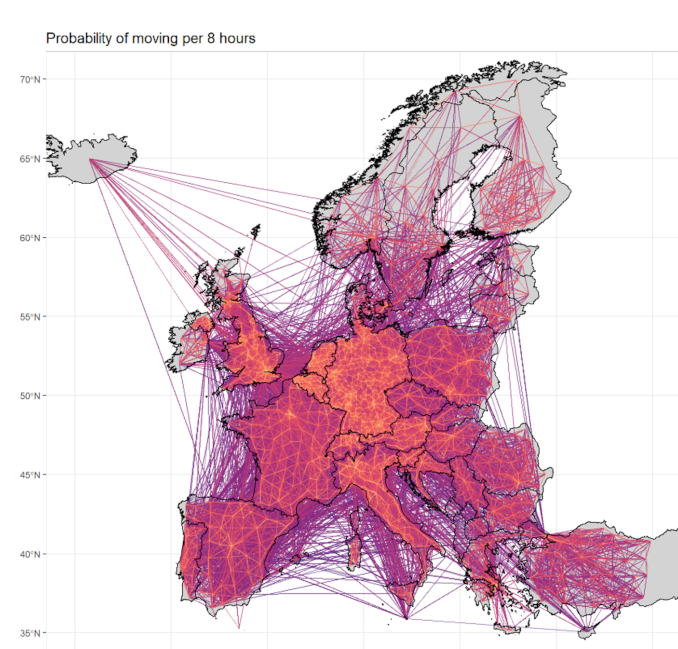A systematic review led by researchers from Johns Hopkins University, in collaboration with WorldPop at the University of Southampton and other institutions, has examined how human mobility data was used to understand SARS-CoV-2 transmission during the early stages of the COVID-19 pandemic. The study, published in Nature Communications, analyzed over 230 research papers to assess how mobility data informed our understanding of disease spread and the effectiveness of public health measures.
The review revealed that while mobility data played a crucial role in understanding COVID-19 transmission patterns, there were significant variations in how these data were collected, analyzed, and integrated into public health decision-making. Researchers found that most studies focused on a handful of countries, particularly the United States and China, with limited research conducted in low- and middle-income countries.
“This comprehensive review helps us understand both the potential and limitations of mobility data in responding to disease outbreaks,” said Professor Andrew Tatem, Director of WorldPop and co-author of the study. “While we saw unprecedented access to mobility data during the pandemic, our findings highlight the need for more standardized approaches to using this information effectively.”
Key findings include:
- Mobile phone call detail records and Google Community Mobility Reports were the most commonly used data sources
- Few studies included demographic information about the populations being studied
- Only 11% of papers included authors affiliated with public health agencies
- Most analyses focused on evaluating the effectiveness of lockdowns and travel
- restrictions
The study emphasizes the need for closer collaboration between researchers and public health officials, as well as more standardized
methods for analyzing and reporting mobility data. These insights are particularly valuable for improving our ability to respond to future disease outbreaks.
The research was supported by multiple institutions, including the National Institute of Allergy and Infectious Diseases and the Wellcome
Trust. Read the full paper: “A systematic review of using population-level human mobility data to understand SARS-CoV-2 transmission” in Nature Communications: https://www.nature.com/articles/s41467-024-54895-7.



